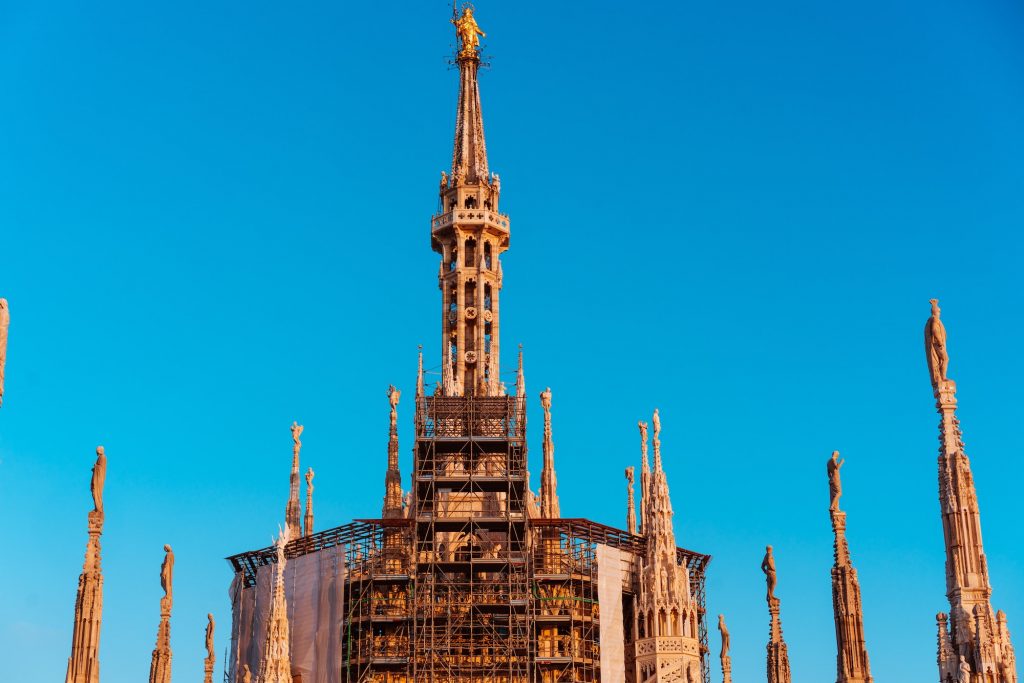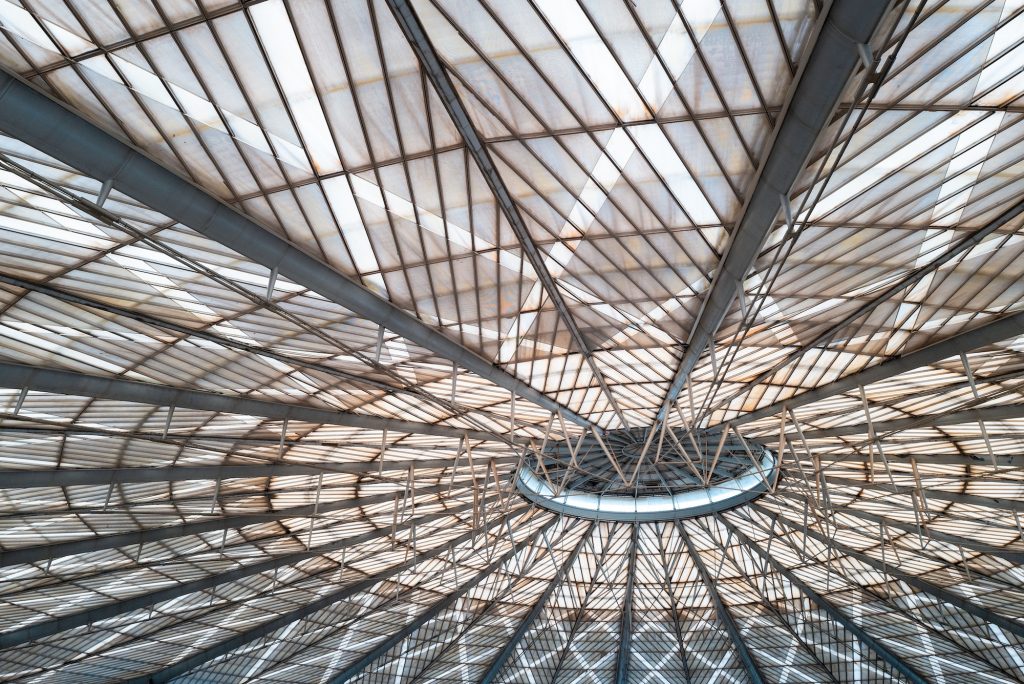Roofs are much more than just a functional aspect of a building. They serve as a symbol of architectural and cultural traditions and can reveal a lot about the history and values of a society. From the ancient pyramids of Egypt to the modern skyscrapers of today, roof shapes have evolved over time to reflect the changing needs and beliefs of different cultures. In this article, we will explore the psychology of roof shapes and how they reflect the traditions and values of different societies.
The Importance of Roof Shapes in Architecture
Roof shapes play a crucial role in the overall appearance and design of a building. They can affect the look and feel of a structure, as well as its functionality and energy efficiency. Roof shapes can also be used to create a visual hierarchy and highlight important parts of a building, such as the entrance or the main living area.
In addition to their aesthetic value, roof shapes also have a cultural significance. They can reflect the beliefs, values, and traditions of a society, as well as its history and architectural heritage. For example, the steep roofs of traditional Japanese architecture are a symbol of the country’s rich cultural heritage and reflect the importance of harmony and balance in Japanese society.

The Evolution of Roof Shapes
Roof shapes have evolved over time to reflect the changing needs and beliefs of different cultures. In ancient times, roof shapes were primarily designed for practical purposes, such as to protect buildings from the elements and to provide ample light and ventilation.
Over time, roof shapes became more elaborate and decorative, reflecting the changing values and beliefs of society. For example, the Gothic architecture of the Middle Ages was characterized by its pointed arches and steep roofs, which symbolized the values of the time, such as piety and religious devotion.
In modern times, roof shapes have become more functional, reflecting the changing priorities of society. For example, flat roofs and minimalistic designs are becoming increasingly popular, reflecting a focus on efficiency and practicality.

The Cultural Significance of Roof Shapes
Roof shapes can reveal a lot about the history and values of a society. For example, the sloping roofs of traditional Chinese architecture symbolize the importance of balance and harmony in Chinese society, while the steep roofs of medieval Europe reflect the values of piety and religious devotion.
In addition to their cultural significance, roof shapes can also be used to create a sense of identity and community. For example, the use of traditional roof shapes in new developments can help to create a sense of continuity and connection with the past, while also reflecting the values and traditions of the present.

The Future of Roof Shapes
As society continues to evolve, it is likely that roof shapes will continue to reflect the changing needs and beliefs of different cultures. The use of new materials and technologies, such as sustainable and energy-efficient materials, is likely to play a significant role in shaping the future of roof designs.
At the same time, the cultural significance of roof shapes is likely to remain important, as architects and designers continue to seek ways to reflect the traditions and values of different societies in their designs.

Conclusion
In conclusion, roof shapes play a crucial role in the overall appearance and design of a building, and they can reveal a lot about the history and values of a society. From the practical roof shapes of ancient times to the modern, functional designs of today, roof shapes have evolved over time to reflect the changing needs and beliefs of different cultures. As society continues to evolve, it is likely that roof shapes will also continue to evolve and reflect the changing values and beliefs of different cultures.
In addition to their aesthetic and cultural significance, roof shapes also play a crucial role in the functionality and energy efficiency of a building. Architects and designers must therefore consider both the practical and cultural aspects of roof shapes when designing new structures.
By understanding the psychology of roof shapes and how they reflect the traditions and values of different societies, we can gain a deeper appreciation for the role that roof shapes play in our lives and the built environment. Whether we are looking at a grand cathedral or a simple cottage, the roof shape can reveal a great deal about the history, values, and beliefs of the people who built it.
So next time you look at a building, take a moment to consider its roof shape and what it might reveal about the culture and values of the society it represents. You might be surprised at what you learn!
